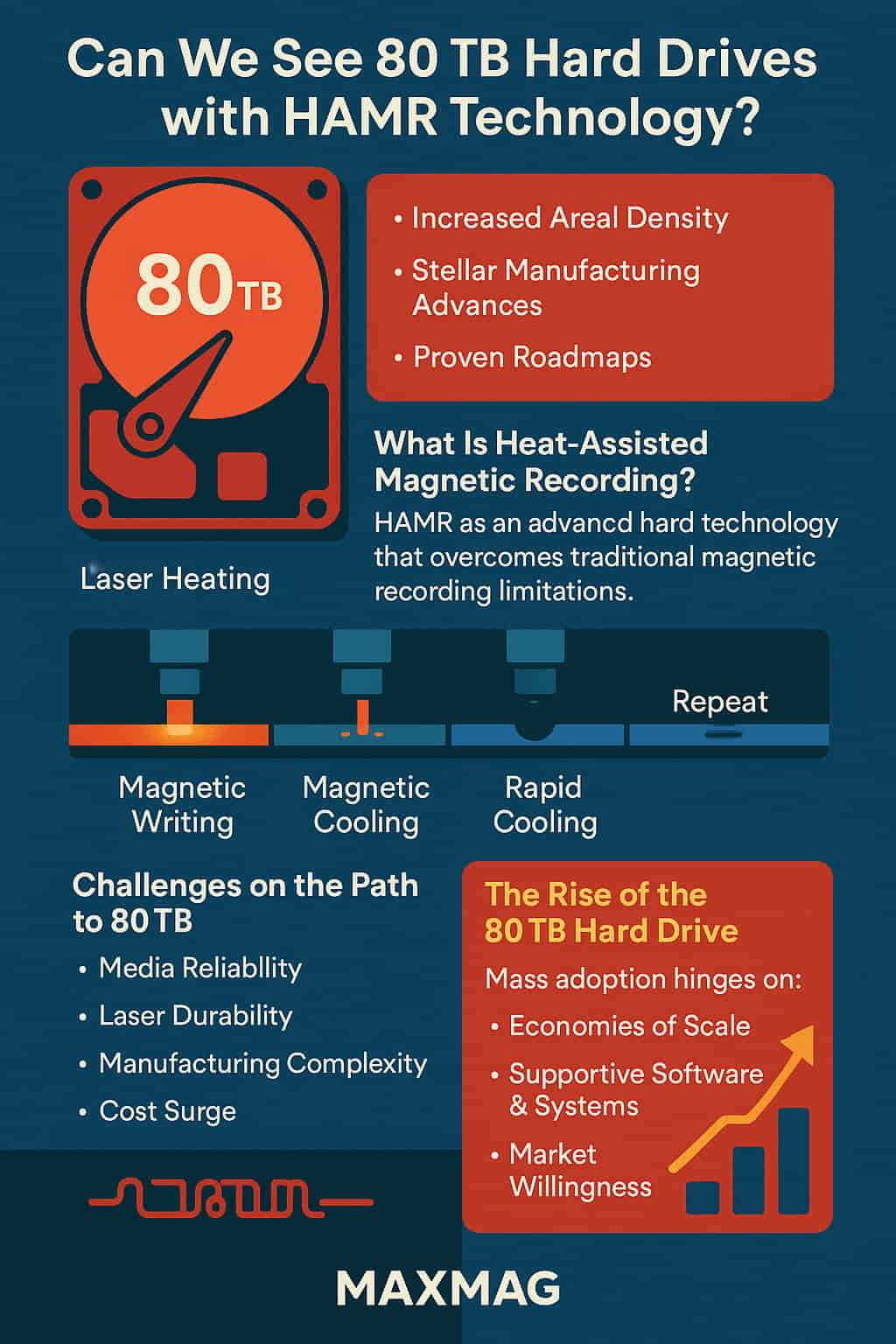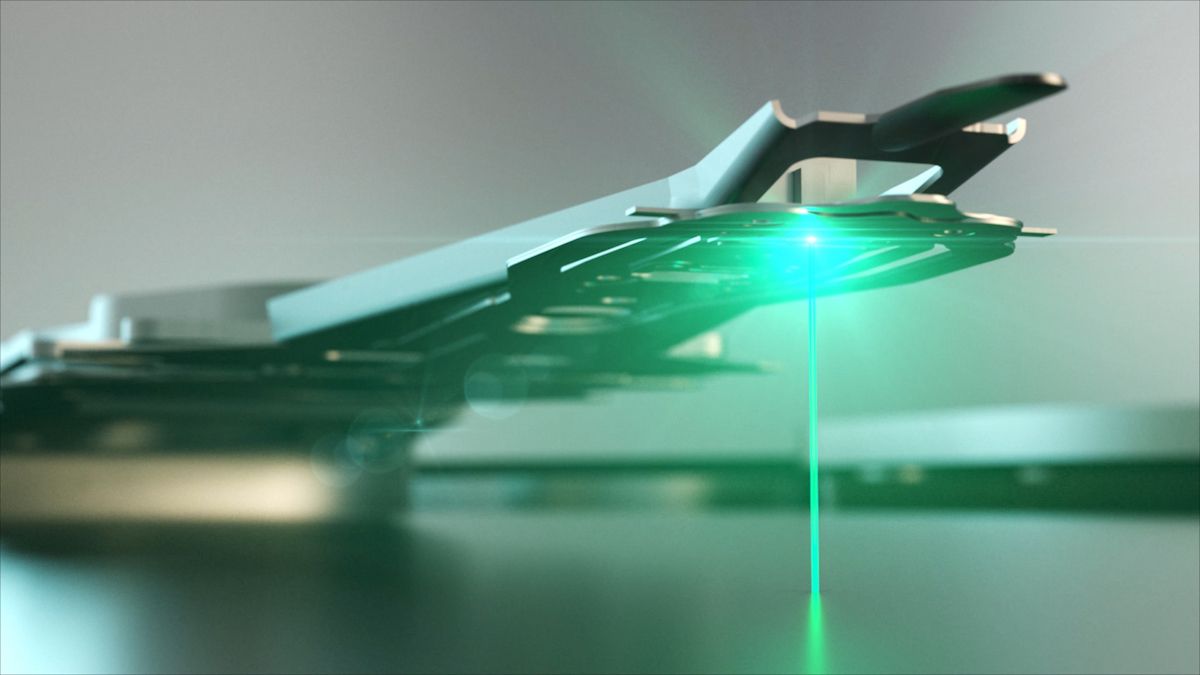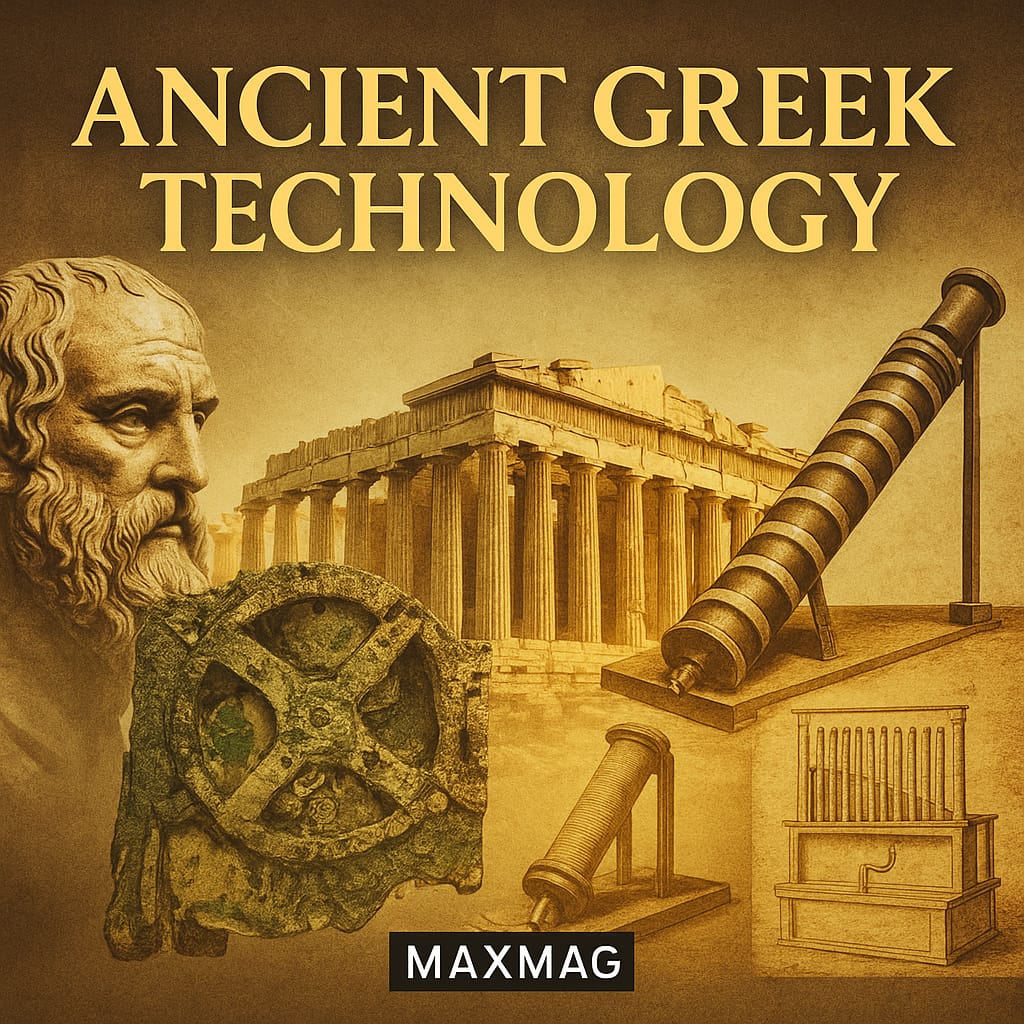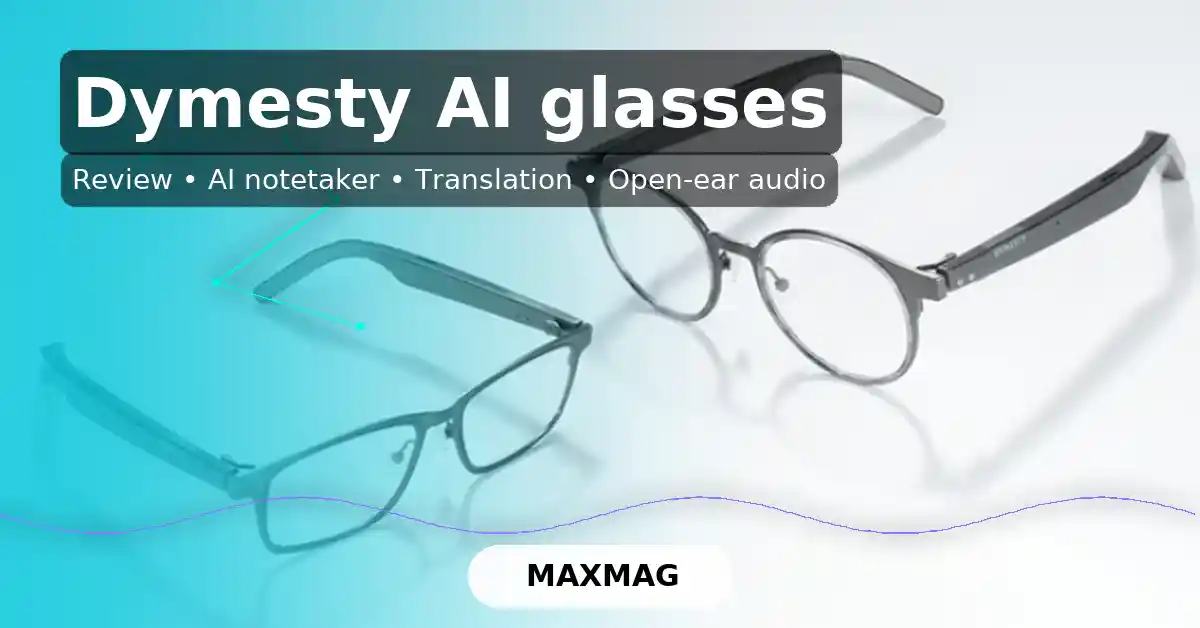
In today’s data-driven world, the demand for larger and more efficient storage solutions is growing exponentially. One of the breakthrough technologies paving the way for this revolution is HAMR (Heat-Assisted Magnetic Recording). HAMR could soon enable compact hard drives with astonishing capacities—potentially reaching 80 TB in a standard 3.5-inch form factor.
In this article, we dive into the mechanics of HAMR, where the technology currently stands, and whether an 80 TB hard drive is truly on the horizon.
What Is Heat-Assisted Magnetic Recording?
HAMR is an advanced hard disk technology that overcomes traditional magnetic recording limitations. Conventional drives write data by flipping magnetic domains using an electromagnetic field. However, as manufacturers try to pack more data into smaller spaces, these domains become less stable and more prone to data loss.
HAMR solves this by temporarily heating the disk surface—typically with a laser—to make it more receptive to magnetic orientation changes. Once cooled, the data becomes locked and stable. The result? Far denser bits and significantly larger capacities.
Why HAMR Could Unlock 80 TB Hard Drives
Here’s why HAMR is a game-changer:
-
Increased Areal Density
HAMR enables much tighter packing of data, pushing beyond the limitations of traditional Perpendicular Magnetic Recording (PMR). -
Stellar Manufacturing Advances
Companies like Western Digital and Seagate are perfecting HAMR heads, media, and laser integration. -
Proven Roadmaps
Industry roadmaps show HAMR-based drives reaching 30–40 TB by the mid-2020s—with extensions targeting 80 TB hard drive capacities in the following years.
How HAMR Works: A Step-by-Step Breakdown
-
Laser Heating: A small laser heats a spot on the disk surface to around 400+ °C in microseconds.
-
Magnetic Writing: While hot, the recording head writes the data bit.
-
Rapid Cooling: The spot cools quickly, fixing the magnetic orientation in place.
-
Repeat: This process repeats at micrometer-level spacing across the disk surface.
This cycle allows magnitudes more data to fit on each platter, making an 80 TB hard drive feasible in a standard 3.5″ chassis.
Current Milestones
-
Seagate introduced a 20 TB HAMR prototype in 2022, achieving nearly 4.8 Tbit/in² densities.
-
Western Digital aims for 30–40 TB HAMR drives by mid‑2025.
-
Research projections, including from institutions like Carnegie Mellon and collaborators, anticipate 80 TB hard drives once mass-produced, thanks to ongoing improvements to HAMR heads and media stability.
According to industry insiders, HAMR could break the 50 TB barrier by late 2025, and doubling that is well within sight after further R&D and scaling.
Challenges on the Path to 80 TB
Despite its promise, HAMR faces a few hurdles:
-
Media Reliability: HAMR uses tiny, heat-sensitive magnetic grains. Ensuring long-term stability under thermal and mechanical stress is critical.
-
Laser Durability: The high-speed lasers must endure billions of write cycles without failing.
-
Manufacturing Complexity: Building HAMR heads, aligning lasers, and preparing media demands precise, large-scale manufacturing capabilities.
-
Cost Surge: Initially, HAMR drives will cost more than conventional HDDs, limiting adoption to enterprise and data center markets.
Why 80 TB Matters
An 80 TB hard drive can transform data-heavy industries:
-
Cloud & Datacenter: Compressing petabytes of data into fewer racks.
-
Surveillance: Recording months of high-resolution video across hundreds of cameras.
-
Scientific Research: Genomics, particle physics, and climate modeling generate massive datasets.
-
Media Production: 4K/8K video, VR, and animation need huge local storage.
The Roadmap to 80 TB Hard Drives
| Year | Target Capacity | Notes |
|---|---|---|
| 2024 | 30 TB | First gen commercial HAMR drives |
| 2025 | 40–50 TB | QLC + HAMR hybrid prototypes |
| 2026–27 | 60 TB+ | Next-gen slurry, media tech |
| 2028+ | 80 TB+ | Full HAMR maturity, cost declines |
With each iteration, HAMR drives will become more affordable and accessible beyond enterprise.
Seeing an 80 TB Hard Drive: What to Expect
So, when will 80 TB hard drives hit the market?
-
Late 2027–2028 is a realistic window for volume production.
-
Early adopters in enterprise, hosting, and archival sectors will lead uptake.
-
Consumer markets may wait longer, as PCIe SSDs and other storage tiers evolve.
Benefits Beyond Capacity
HAMR’s advantages reach further than storage:
-
Lower energy per TB—fewer drives needed.
-
Enhanced thermal and mechanical stability.
-
Scalable upgrade paths: 60 TB today, 80 TB tomorrow, higher later.
The Rise of the 80 TB Hard Drive
The Rise of the 80 TB Hard Drive
The mass adoption of the 80 TB hard drive depends on three key developments:
-
Economies of Scale: Manufacturing efficiency must improve to bring prices down.
-
Supportive Software & Systems: Operating systems, RAID, and backup solutions need native capabilities for ultra-large volumes.
-
Market Willingness: Early adopters must justify the higher cost for long-term data ROI.
When these align, the 80 TB milestone will mark a new era in storage.
Real-World Comparison
-
SSD Tier: 30–100 TB PCIe Gen5 SSDs exist, but at extraordinarily high prices.
-
HAMR HDDs: At $0.02–$0.05 per GB expected—cost-effective, high-capacity bulk storage.
For cold storage, backups, and archival purposes, 80 TB hard drives offer unmatched value.
What’s Next After 80 TB?
Once 80 TB is possible, the ceiling keeps rising:
-
HAMR+MAMR Hybrid: Combining heating with microwave-assisted techniques for even denser packing.
-
TDMR & EAMR: Multi-channel reading/writing and other enhancements.
-
Alternative Storage Media: DNA-based, holographic, or even quantum storage may disrupt after HAMR’s limit.
FAQ
Q: What is an 80 TB hard drive?
A: It’s a standard 3.5″ hard disk drive with approximately 80 terabytes of storage capacity, achieved using HAMR technology.
Q: When will we see 80 TB hard drives on the market?
A: Industry projections suggest mass-produced 80 TB hard drives will arrive around 2027–2028.
Q: How is HAMR different from traditional HDD technology?
A: HAMR uses heat from a laser to temporarily enable magnetization of smaller domains—allowing higher densities.
Q: Who first developed HAMR?
A: Research in HAMR began in the early 2000s by companies and institutions like Seagate, Western Digital, and Carnegie Mellon University.
Q: Will HAMR-based 80 TB drives be expensive?
A: Initially, yes—they’ll be aimed at enterprise and archival markets, though prices are expected to fall over time.
Q: Can I use 80 TB drives in my personal PC?
A: Possibly in the future, but significant cost and software support barriers might delay mainstream consumer adoption.






